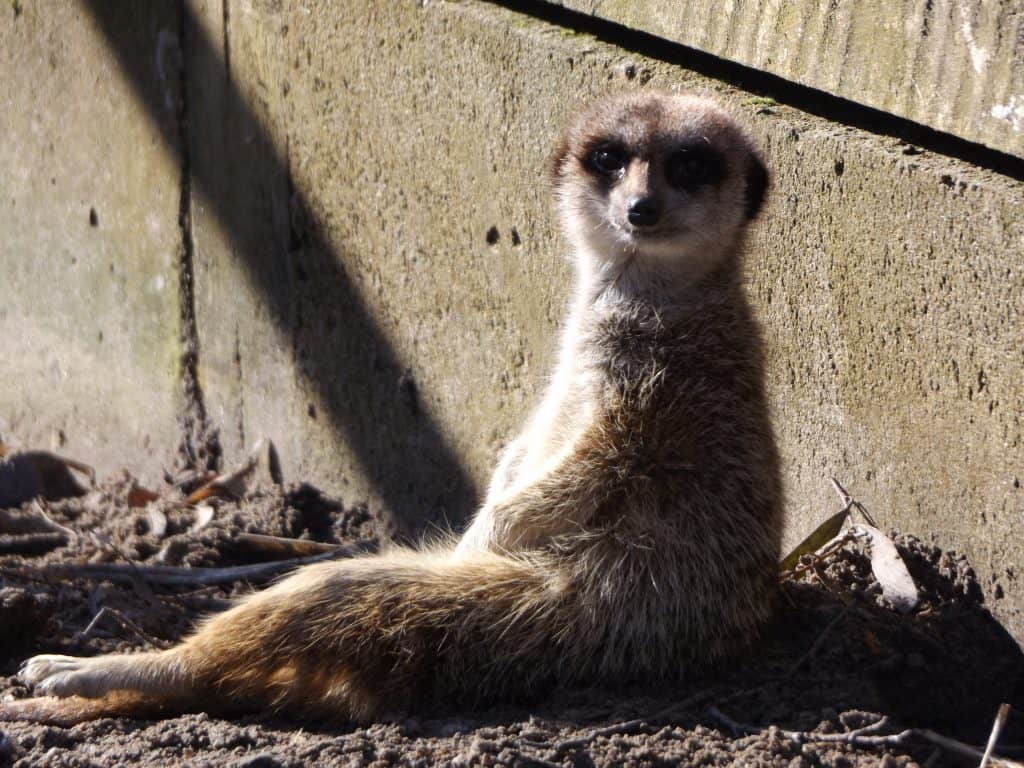This week my blog will be about our mischievous mob of Meerkats Suricata suricatta.
Our Mob
We currently have 6 individuals called Amara, Candy, Kalia, Sandy, Enzo and Kovu. They are all quite different in shape, size, colour and personality much like us really. To the trained eye they’re quite easy to tell apart.
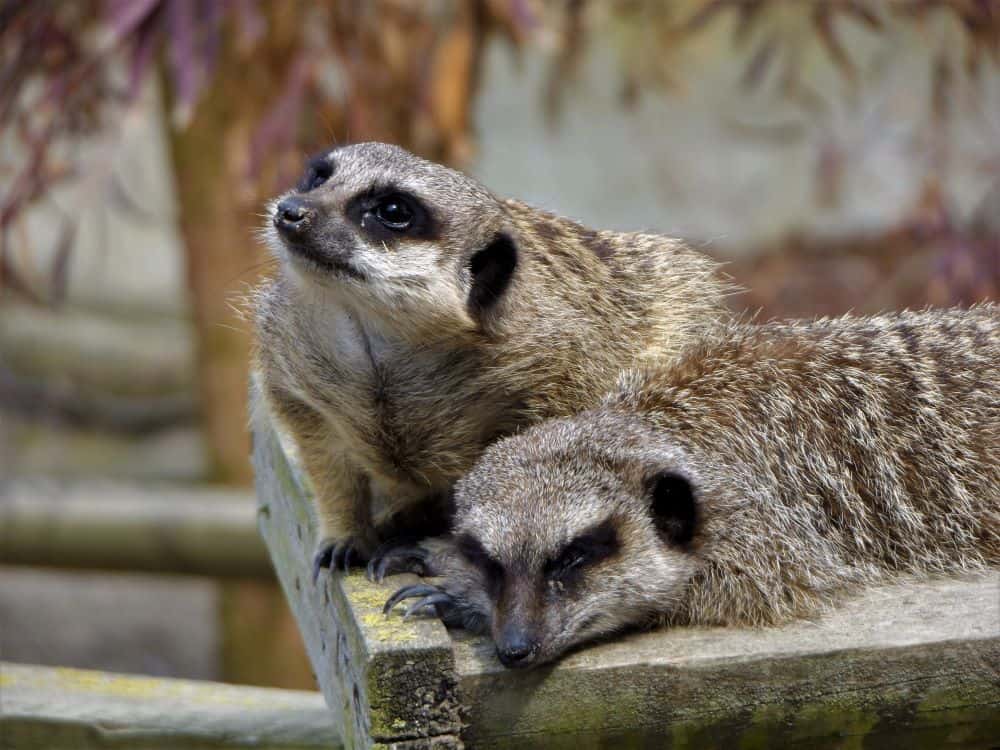
Most people know meerkats from the character, Timon in The Lion King, or from the adverts shown on TV and to clear up any questions that you may have; no our Meerkats don’t wear clothes and no they don’t come from Russia!
What’s on the menu?
A small diurnal member of the mongoose family, meerkats are mainly insectivores but they will also eat lizards, snakes, spiders, plants, eggs and small mammals. Incredibly they have developed an immunity to many venoms, which allows them to eat scorpions (including the stinger) and some snakes without the fear of illness or death.
Our gang is always thinking about their stomachs and always digging around for something tasty. They have strong curved claws used for digging for prey and altering their underground burrows.
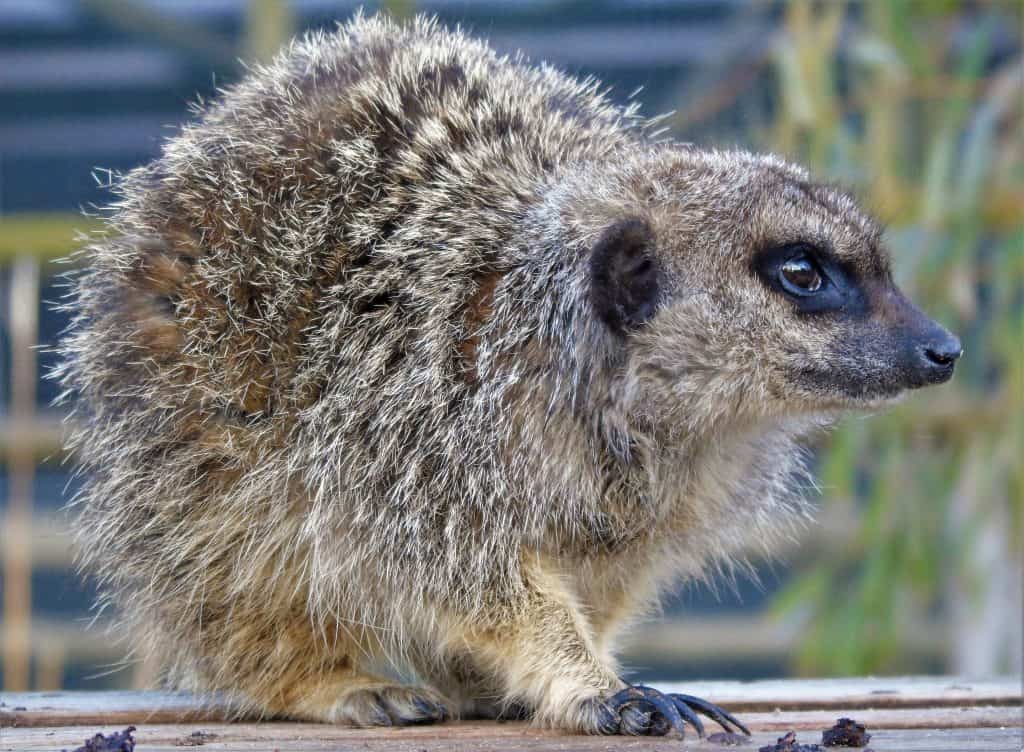
When they aren’t eating or sleeping you’ll often see them sunbathing- the underside of a meerkat has no markings but instead a patch on their belly which is only sparsely covered in hair and shows the black skin underneath. They use this area on their belly to absorb heat. You may have seen them do this when they stand on their rear legs.
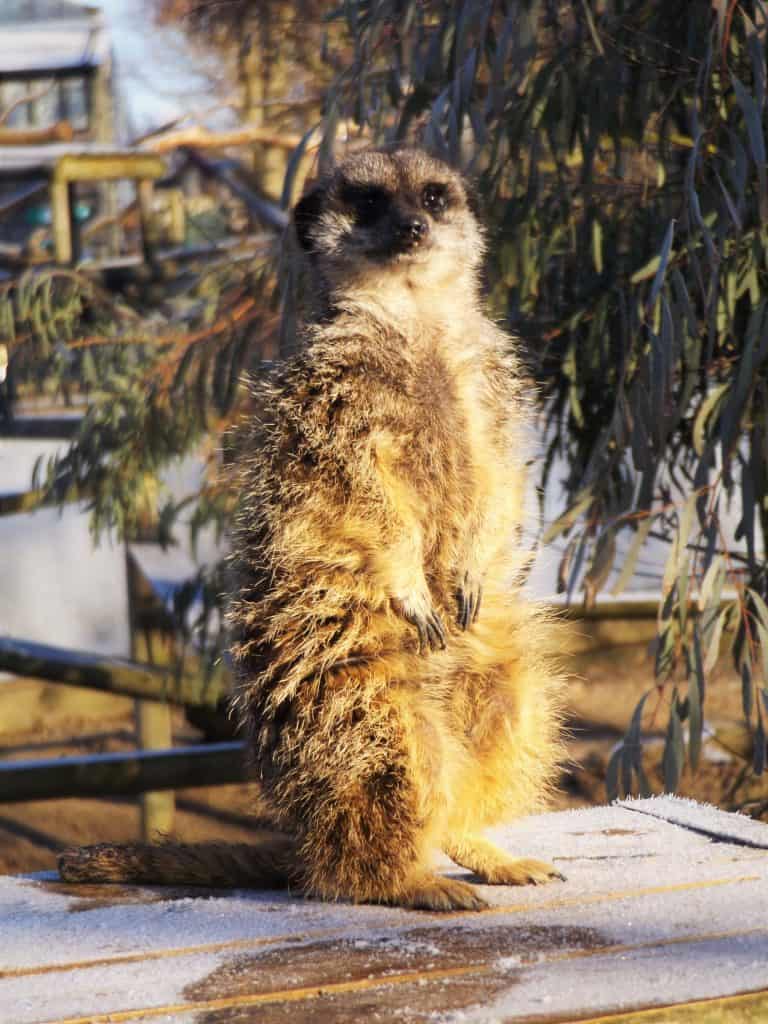
What makes a home?
Meerkats are burrowing animals living in large underground networks with multiple entrances. On average there are 15 entrance and exit holes, which they leave only during the day.
At Wingham we have given our group two different substrates in their enclosure, sand and woodchip. In the wild they are found in southern parts of Africa which is dominated by the Kalahari Desert, where there is little rainfall and is 10 times the size of Great Britain. This land is covered by a soft sand.
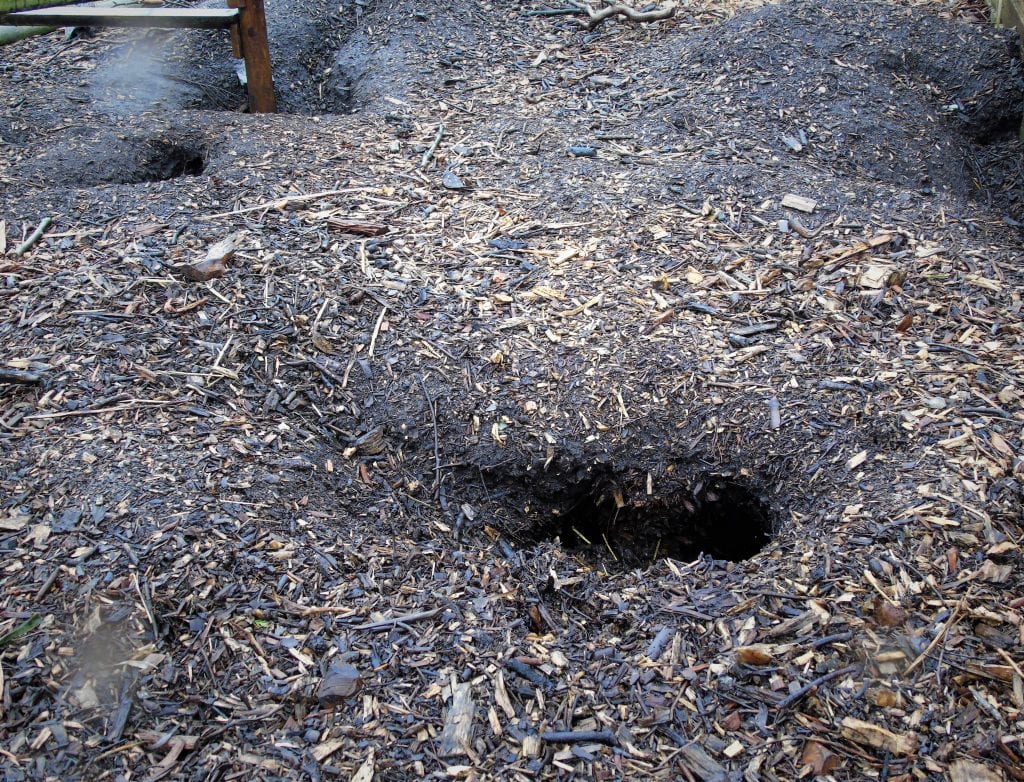
However, it seems the mob at Wingham enjoy digging down into the woodchip, they’ve made their own tunnel system which is great to see as this is exactly what they’d be doing in the wild. Keeping us busy with topping the woodchip up and keeping them busy with lots of tunnel making. Meerkats will utilize several different burrows and move from one to another. Each burrow is an extensive tunnel and room system that remains cool even under the boiling African sun with some being as deep as 2 meters.
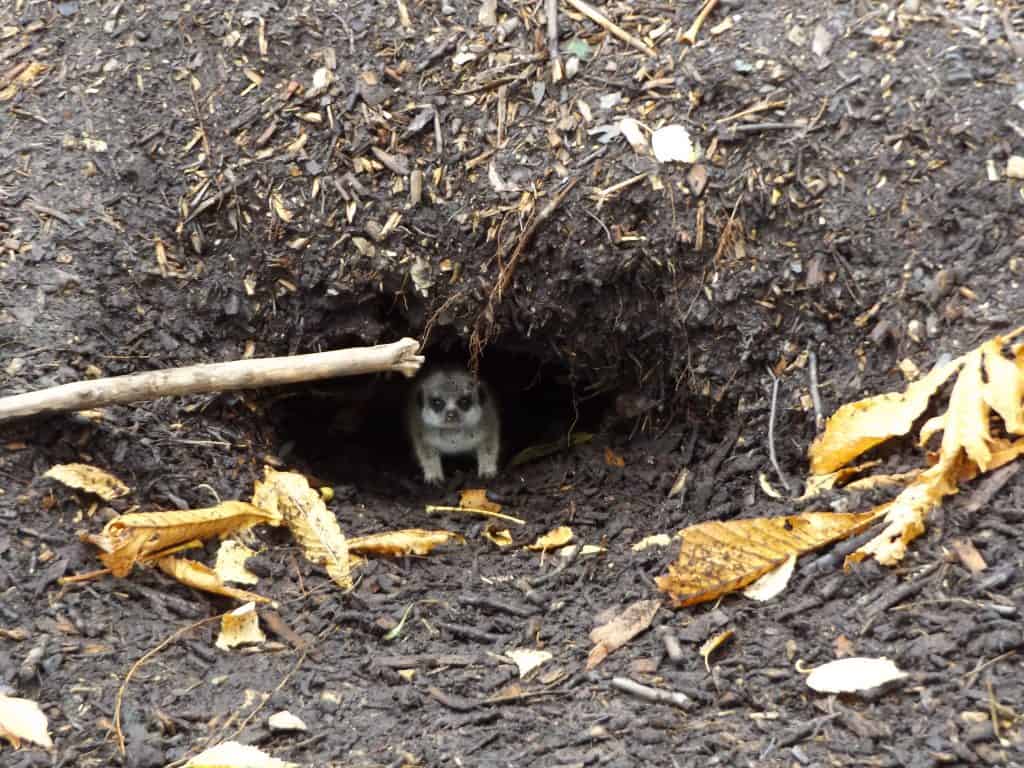
Everyone has a Role to Play
Females give birth to up to four young each year in one of the group burrows. Fathers and siblings help to raise the young by teaching them to play, forage and alerting them to danger.
Relying on each other by working together a few will typically serve as lookouts, watching the skies for birds of prey such as hawks and eagles. I’ve watched this behaviour happen with our group, normally when a plane is flying slightly lower than usual or when there is a buzzard in the distance a sharp shrill call is made and they all run for cover.
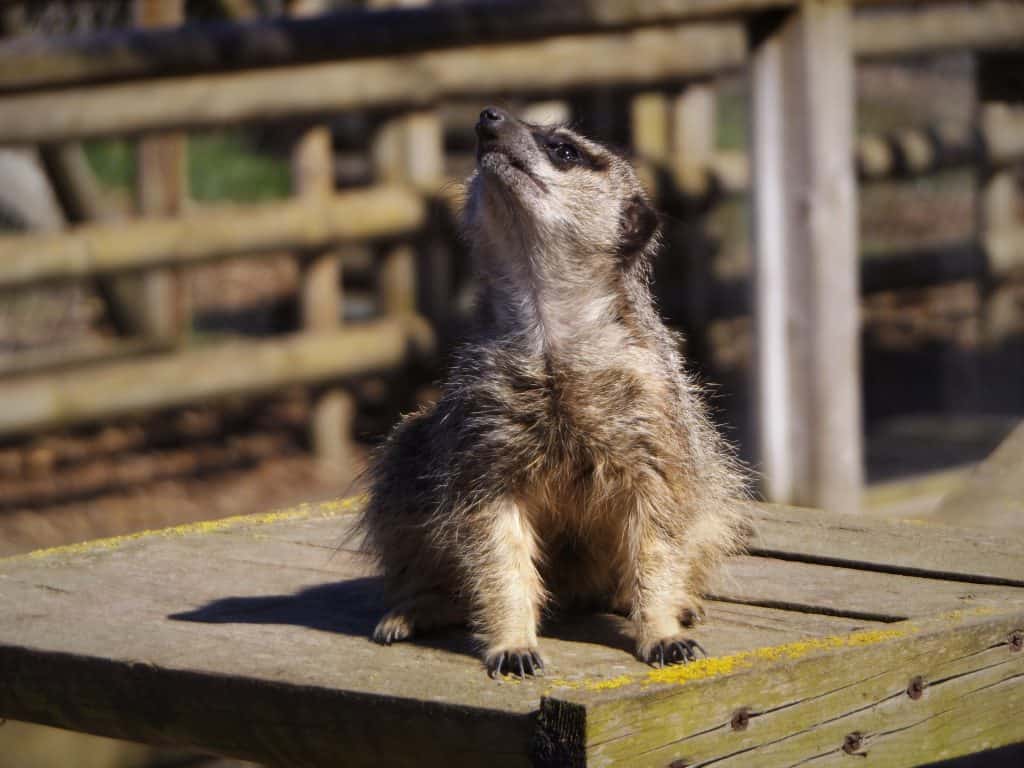
Fortunately for meerkats they seem to be doing all right in the wild at the moment. But television has brought this species a lot of attention, with many people wondering if they can have them as a pet, and in one word, NO!
Although they are cute, meerkats like all wild animals do not make good pets. Instead of being tempted, come and see them at the park to enjoy these small creatures in action or get up close with them on our meerkat encounter.
